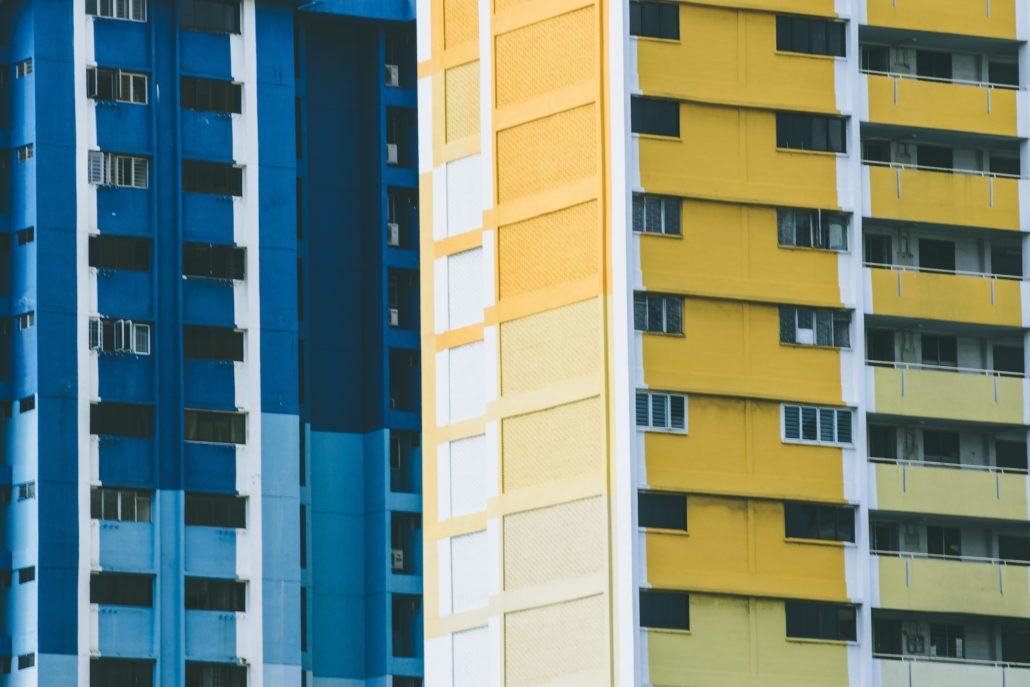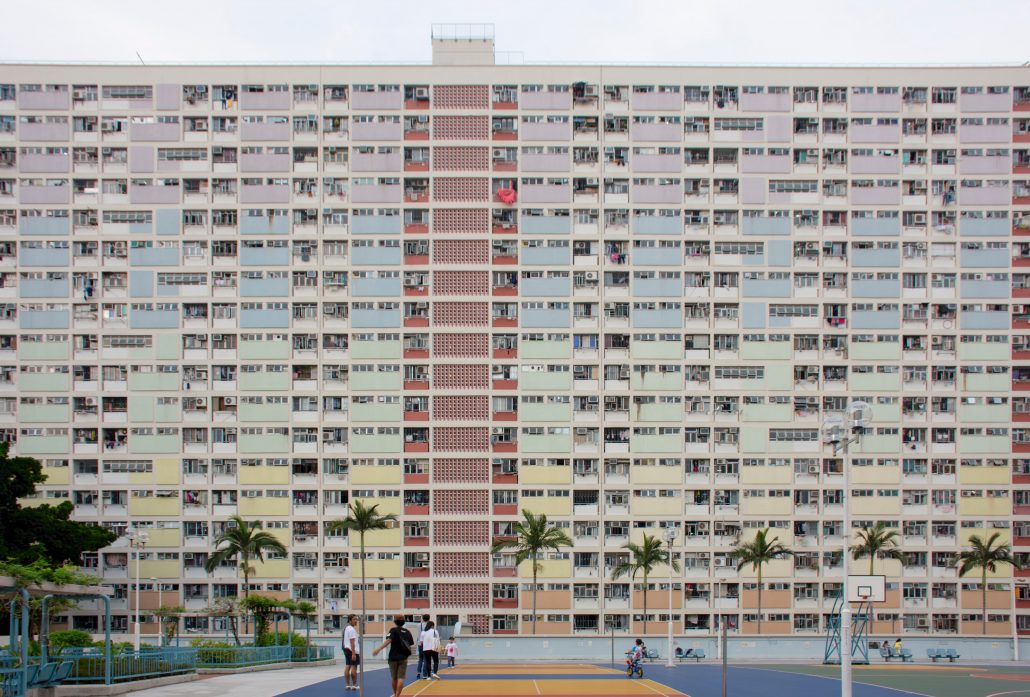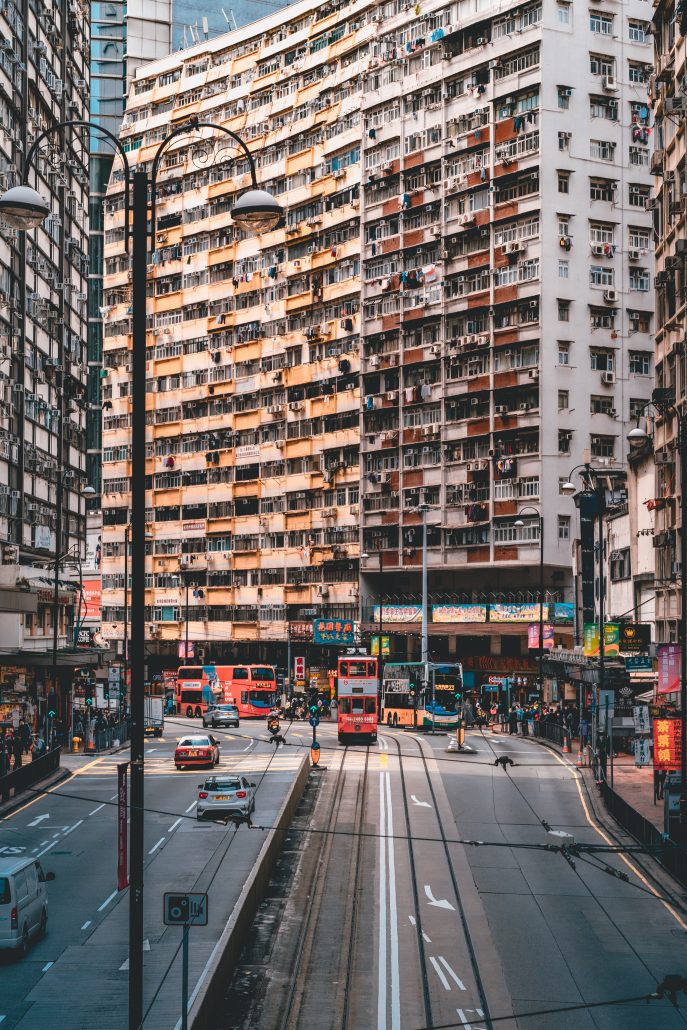Land scarcity has been a long-standing issue for Singapore. And why should you care? Well, with the race against limited usable land space, its citizens would eventually feel the pressure. Labelled as one of the world’s densest nations, Singapore is starting to face the reality of this physical constraint. Left with no choice, homes have to be built vertically upwards, with typical high-rise units going at exorbitant prices that are comparable to the price of an entire bungalow in our neighbouring territory, Malaysia. While Singapore’s promising economic world standing paves the way for endless possibilities, the reality of its physical shortcomings struggles to catch up.
Local authorities are doing their best to cater to the needs of a growing population, striving to strike a balance between building more homes, financial hubs, living spaces and more. As Singapore becomes an increasingly attractive nation known for its security and promising financial ecosystem, this garners greater attention from the global stage. In 2019, it was found that of its 5.7 Million population count, over 1 Million comprise of expatriates. While this spells a bright future for Singapore’s economy, it exerts a strain on the land space left available, with the need to cater more housing and amenities to accommodate incoming talent pools. Amongst other contributing factors, this leaves land planning authorities with little choice but to build higher and smaller.
It is a commonly understood and widely accepted fact that newer HDB units are seeing a reduction in floor sizes. While prices are still kept relatively affordable to the general public due to governmental concessions (e.g grants), the same amount of money paid today would get you a smaller amount of space compared to just 10 years ago (inflation aside). With the inclusion of the mandatory bomb shelter in-built into every housing unit, this further reduces usable space in every home.
How much smaller can we even go? As a reader, you would probably be worried about this as well. But did you know, others around the world are already living in unbelievably cramped and tiny spaces, putting to shame our local definition of “small”. In this article, we will shed light on how others around the world define what a “Home” means to them, touching on pressing social issues that occur on a daily basis beyond our borders.
Home to the world’s smallest homes: Hong Kong
Famous as a tourist destination known for its local Chinese delights, Hong Kong holds a very dark truth about the living conditions of its people, especially for the poor and elderly. Geographically, Hong Kong’s territory spans over a 1000km², almost twice the size that of Singapore. Unfortunately, only 24% of their land is built-up, of which only 7% goes to housing. We have done the math for you, only an estimated 20km² is reserved for housing.
Firstly, this is due to the hilly terrains that make it difficult for the construction of housing, the amount of inhabitable land becomes limited. This is also coupled with the prevalent jarring disparity between the rich and poor, defined by the Gini Coefficient – a measure used to quantify the rich-poor divide – of 0.539 (2020). This is considered an extreme disparity for a developed country, with the average hovering around 0.411. With a limited supply of land and a huge demand for housing, land prices soar.
While the rich are able to afford luxurious homes, owning even a basic flat is only a pipe dream for the poor. On the internet, most would have been exposed to graphical images of people living in dilapidated conditions, to some may even seem inhumane. It is not uncommon to see images of families cramped up in a basement toilet, a place they call home. Yet, such a place could still fetch up to hundreds in rental.
These images come as a shock for us, but to the people in Hong Kong, this has become such as widely accepted norm. Living in such cramped and unsanitary spaces serves as a perfect breeding ground for the spread of diseases and sickness. In the breakout of the COVID-19, such poor living conditions proliferated the spread amongst individuals due to high-frequency close proximity interactions.
As a tourist to Hong Kong, you can quickly identify the city from pictures of its run-down flats. This ironically iconic yet concerning sight is a legitimate problem for the government. Most of Hong Kong’s flats are age-old, some can even be traced back to the 1950s! This would mean that some of the flats are about 70 years old today. The extent of damage is exacerbated by the lack of maintenance and refurbishment. Unlike strict laws in Singapore that mandate the repainting of public housing estates and regular maintenance works, Hong Kong does not mandate for its developers to keep up with the health and outlook of the facility. Over time, these homes become weathered down and worn out. This poses safety risks such as fire hazards and falling windows.
In hindsight, apart from seasons of blistering heat and packed MRT rides, Singapore might still be the best country yet. With great lengths of effort and time put into planning for our past, present and future, our forefather’s fruits of labour and love for the nation have paid off.
Today, most of us have access to basic amenities, education, homeownership and good healthcare, things that others around the world could only fantasize about. But let us never rest on our laurels, and to remember that the continuity of this comfortable reality rests on the shoulders of every citizen today. For now, it can start simply by just recounting your blessings to be here living in Singapore!
Want to find the best mortgage rate in town? Check out our free comparison service to learn more!
Read more of our posts below!




